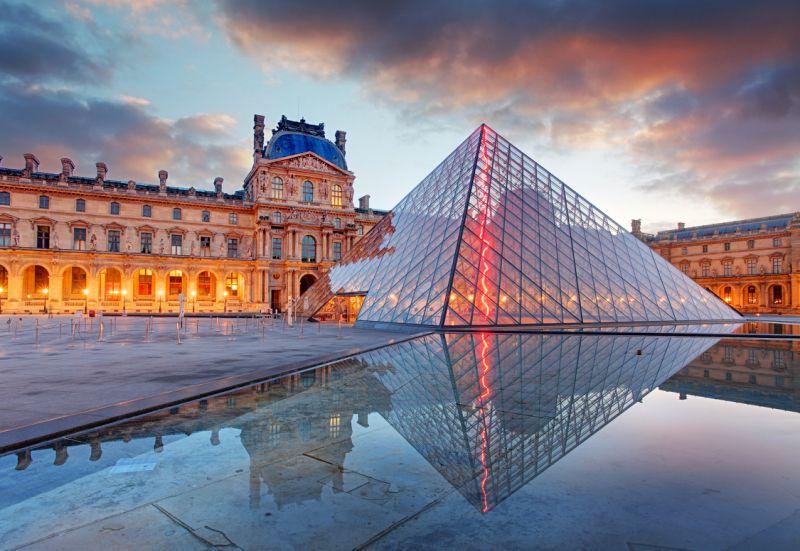I.M. Pei, the Prolific and Iconic Architect, Is Dead at 102



Ieoh Ming (I.M.) Pei—who was born in Guangzhou, China, in 1917, and died yesterday in New York City—left an indelible body of work in the form of modern architecture across the globe. Perhaps best known for his controversial 1989 design of a glass pyramid at the entrance to the Louvre in Paris, Pei had a prolific career in architecture that lasted six decades.
To be sure, each of his buildings redefined any community where they were located. They added name recognition to cities in the Rust Belt, as did his Everson Museum of Art in Syracuse, New York. “Pei was almost singular in his ability to make modern architecture seem classical and timeless," expresses Michael A. Speaks, professor and dean of the School of Architecture at Syracuse University. "As it turns out, I'm writing this from the Everson Museum this morning, and this feeling of classical modernism permeates every square meter of the building. It has been quite a spiritual experience being here this morning.” At other times, Pei challenged us to consider the materials used in carving out a new art museum. In his 1978 commission to build a new, modern wing of the National Gallery of Art in Washington, D.C., Pei was adamant about using the exact same Tennessee marble as American architect John Russell Pope did with his original National Gallery Building of 1941.
But for those who knew him best, Pei's abilities as an architect paled in comparison to his warmth, affability, and humanity . "I knew him as a humble man, always smiling," says Santiago Calatrava, architect of the World Trade Center transportation hub in New York City. "A soft character but the possessor of a keen and clear mind."
"Pei’s standing in the profession is assured—he won every major accolade there is," says Norman Foster, architect of Apple's newest campus . The winner of the Pritzker Prize in 1983 and the Presidential Medal of Freedom in 1992, Pei never lost sight of the core values that went into designing powerful works of architecture. "I sat at a dinner with him in Berlin, years ago, where we shared our mutual passion for drawing," architect Daniel Libeskind reminisces. "You can see in his brilliant buildings a mastery of architecture's millennial tradition."
It’s almost become a prerequisite for great architects to be fiercely competitive. And while Pei didn’t fit the part on the surface—soft-spoken, humble, kind, funny—deep below there was a fire burning that fueled him to win commissions that shocked his contemporaries. Perhaps Pei’s greatest trait as an architect was his ability to absorb.
When he was commissioned to design the Museum of Islamic Art in Qatar, Pei was unsure if he should take on the work. A collector of Western art, Pei acknowledged knowing little about Islamic art. Yet he saw it as an opportunity to grow—both as an architect and a person. After reading a biography of the Prophet Muhammad and taking a tour of Islamic architecture around the world, Pei completed the Museum of Islamic Art in Doha in 2008.


Read that recently.
Sad about losing such a mind.